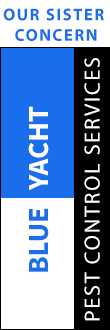
Water Proofing

Different types of water Proofing:
-
1
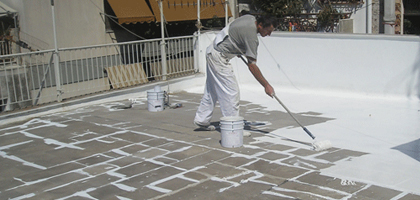
Terrace Waterproofing: Blue yacht Home Protect offers Terrace Waterproofing. The two steps involved are crack filling of terrace and applying screed based polymer coating in two coats. Both the two steps require high attention to details and finest quality materials. Our highly experienced workforce ensures that our customers get tension free living in 100% waterproof homes. Moreover, our techniques and methods are also useful in reducing heat by up to 50%.

-
2
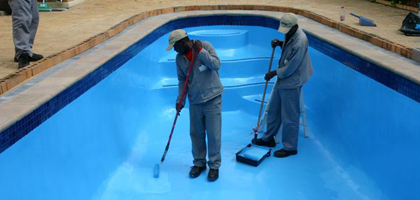
Swimming Pool Waterproofing: One choice for waterproofing your swimming pool is by using an external slab membrane, otherwise known as a sandwich membrane. This is a sheet or liquid membrane that goes between two layers of concrete. You could also use a direct bond waterproof membrane. These protect the underlying levelling mortars and concrete shells from water. Another option is to use chlorinated rubber paint. Once this is applied it is 100 percent waterproof. An advantage of chlorinated rubber paint as opposed to other types of waterproofing paint is that it can be applied in a thin layer. Water based waterproofing paints need to be applied very thickly in order to work properly. Cementitious waterproofing is the most preferred type of waterproofing for swimming pools. Cementitious waterproofing uses a cement based compound that has special additives and is mixed with water and liquid bonding agents in order to give a waterproof coating. The mix is applied in slurry form. Cementitious products are able to resist the constant pressure of the water.
-
3
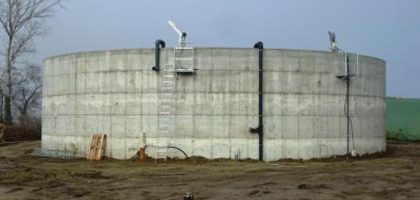
Water Tanks Waterproofing: You may have a retention tank in your building project to help reduce overload on your local stormwater system and also to gain LEED points. As these tanks are below grade, after construction it is very difficult and expensive to go back and do repairs, or to reapply coatings and membranes. Potable water tanks are often above ground and more accessible, but they are large and expensive to repair. Hycrete waterproofing solutions can help you in a number of ways. The waterproofing is inside the concrete – it is protected by the concrete, and it will not get damaged or wash away over time. Unlike membranes and coatings, it does not have to be reapplied. As green, Cradle-to-Cradle™, the waterproofing will not harm the water in any way and is safe for drinking water. And hydrophobic waterproofing with Hycrete solutions can help extend the life of the structure: as well as waterproofing the concrete, they increase the durability by protecting against corrosion, which would reduce the life of your tank and require expensive repair.
-
4
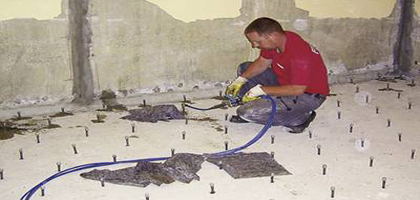
Pressure Grouting: Pressure grouting is defined as “an injection under pressure of fluid material into fractures and cavities in rock, soils or artificial structures.” Foundation problems such as vibration, leakage, water cut-off, deficient bearing and others encountered in new construction or existing structures can often be solved by pressure grouting using cement or chemical grout. Many structures and floors have been raised back to original elevation by a controlled grouting program.
How Pressure Grouting Works?: The initial step in pressure grouting is to determine the locations of the desired holes to be drilled that will best stabilize the foundation. Once the desired location for the holes has been determined, the drilling is done. Concrete grout is then pumped into the holes at high pressure until the concrete comes into contact with the existing foundation. While the concrete is pumped into the drilled holes, the hydraulic lifts maintain an even surface. As soon as the void beneath the foundation surface has been filled properly, the holes are refilled.
-
5
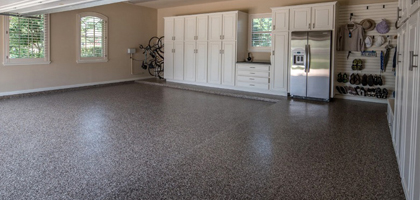
Epoxy Treatment: For certain Marbles with un-solid surface, broken holes and cracks, tiny pores, chips or poor workmanship. Special epoxy chemical treatment plus high gloss Italy quality
•Provides cleaner, healthier, more pleasant work station
•Protects concrete structures from wear and patch, making it last longer and durable
•Prevents concrete dusting
•Protects the substrate from chemical and physical degradation
•Cuts down on amount of lighting needed in plant
•Makes the plant appealing well
•Helps to keep finished parts clean before shipping
•Cuts down maintenance and cleaning costs
•Enhances the aesthetic value
•Able to wash easily
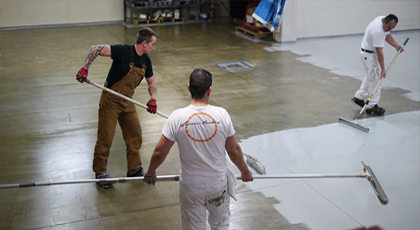
-
6

Crack Filling: Poor building process It’s possible for the mason to be in a haste, or build a wall when conditions are not proper. He might not prepare adequately for the conditions he’s working in. He may throw lots of junk in the trench by the walls as it’s being built, and that can create issues later on. He may put the wrong size sill plate on the wall, creating lateral pressure on the wall, or he might backfill too soon after building the wall, while the concrete is still curing.
•Settling Footers (the things your foundation sits on) may be built on loose material. It might expand or contract over time because of the weight on it, or you may be in an area with soils that move. In any case, settling results from the shifting. What you’ll see is cracks that develop from that settling.
•Deterioration Like walls and roof, the foundation of a house should be maintained periodically. The coatings put on the walls can break down over time, allowing water to come in contact with the concrete. Once that happens, that water begins to affect the strength of the concrete. At that point you might begin to see discolorations, water, cracks, or even bowing of the walls.
•Age Time breaks down just about everything. The fact is, basement structures probably only last a hundred years or so, and then they need replaced – and that’s if no other outside factors are involved. Add settling, shifting, expansive soils and outside pressures, and you can cut that number down considerably.
•Shrinkage Shrinkage comes from the curing of the concrete or mortar. As it shrinks, cracks develop, usually along mortar lines, but sometimes in the form of vertical cracks. Once there is a crack it is weaker than the surrounding wall, and that leads to the possibility that pressures from outside will begin to bow that wall.



